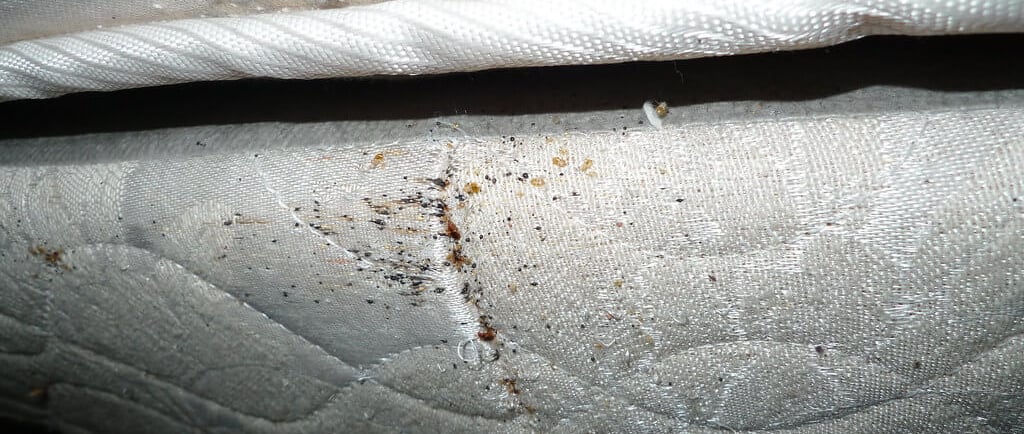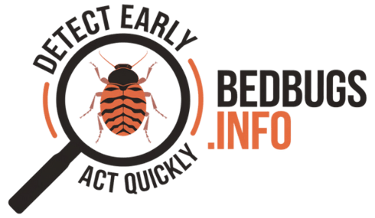7 Early Signs of Bed Bugs: Spot and Stop Infestations
Learn the 7 early signs of bed bugs and catch infestations early. Identify bites, stains, and more to quickly protect your home and stop bed bugs in their tracks.
DRZ
12/13/20243 min read


Getting Bed bugs is a nightmare situation for anyone, but identifying an infestation early can save you time, money, and stress. These tiny, blood-sucking pests are experts at hiding, making it crucial to know the early signs of bed bugs to catch them before they infest your home.
In this post, we’ll walk you through seven telltale signs of bed bugs and provide tips on what to do if you suspect an infestation.
1. Bites on Skin
Bed bug bites often appear as small, red, itchy welts on exposed skin, such as the arms, legs, neck, and face. The bites are usually clustered or arranged in a line (often called "breakfast, lunch, and dinner" patterns). Keep in mind that some people may not react to bed bug bites, so this alone may not confirm an infestation.
2. Blood Stains on Sheets
One of the early signs of bed bugs is the appearance of small, dark "rusty" or reddish colored stains on your sheets, mattress, or pillowcases. These stains are often caused by bed bug excrement (digested blood) left behind after they feed. When bed bugs are crushed during sleep, their fecal matter can smear and create these distinctive marks.
These stains are most often found along mattress seams, crevices, and other areas where bed bugs hide. If you notice such marks on your bedding, it’s a strong indicator that bed bugs may be present in your home. Inspect the area thoroughly to confirm other signs of infestation.
To confirm, dampen a cloth and gently wipe the area. If the spots smear, it’s likely bed bug droppings. Focus your inspection on mattress seams, bed frames, and other areas where bed bugs might hide.
3. Shed Exoskeletons
As bed bugs grow, they shed their outer shells, leaving behind pale, yellowish exoskeletons. These skins are often found in areas where bed bugs hide, such as along mattress seams, in furniture joints, and in cracks or crevices.
Finding shed skins is a strong indicator that a bed bug population is growing nearby.
4. Eggs and Eggshells
Bed bug eggs are tiny, white, and oval-shaped, measuring about 1mm in size. They are often laid in clusters in cracks, crevices, or fabric folds.
If you spot these eggs or their empty shells, it’s a clear sign of an infestation. Use a flashlight to inspect tight spaces around your bed and furniture for these hard-to-spot indicators.
5. Musty Odor
A strong, musty, or sweet odor can sometimes accompany a bed bug infestation. This smell comes from the scent glands of bed bugs and is especially noticeable in larger infestations.
If you detect an unusual odor in your bedroom or near your furniture, investigate further for other signs of bed bugs.
6. Live Bed Bugs
The most obvious sign of an infestation is spotting live bed bugs. Adult bed bugs are about the size of an apple seed, reddish-brown, flat, and oval-shaped. Nymphs are smaller and lighter in color, while eggs are tiny and white.
Check common hiding spots such as:
Mattress seams and folds
Headboards and bed frames
Upholstered furniture
Behind picture frames and wall hangings
7. Unexplained Skin Irritation or Allergic Reactions
Another early sign of bed bugs is unexplained skin irritation or allergic reactions. While many people get the classic red itchy welts from bed bug bites, others may be more sensitive to the saliva bed bugs inject while feeding.
This sensitivity can cause more severe symptoms like raised welts, blisters, swelling or even hives in some cases. Others may show no visible reaction at all so it’s harder to detect an infestation. If you or a family member suddenly gets skin irritation with no apparent cause, check your home for other signs of bed bugs.
What to Do If You Spot Early Signs of Bed Bugs
If you’ve identified one or more of these early signs, don’t panic! Taking swift action is the key to controlling the situation.
DIY Steps to Take Immediately:
Wash all bedding, clothing, and curtains in hot water and dry them on high heat.
Vacuum your mattress, furniture, and floors thoroughly. Dispose of the vacuum bag in a sealed plastic bag.
Use a bed bug-proof mattress encasement to trap existing bugs and prevent new infestations.
When to Call a Pest Control Professional:
While DIY methods can help manage minor infestations, bed bugs are notoriously difficult to eliminate completely. For severe cases, contact a licensed pest control professional. They have the tools and expertise to address infestations thoroughly and prevent them from returning.
Final Thoughts:
Catching bed bugs early is crucial for preventing a full-blown infestation. By recognizing these early signs of bed bugs—from bites and blood stains to eggs and live bugs—you can take swift action to protect your home and loved ones.
Whether you choose DIY methods or professional pest control, the most important step is to act quickly. Don’t let bed bugs disrupt your peace of mind—stay vigilant and proactive to keep your space pest-free!
Call 1-888-394-0227 (Toll Free)
Speak to a Pest Control Professional in Your Area
